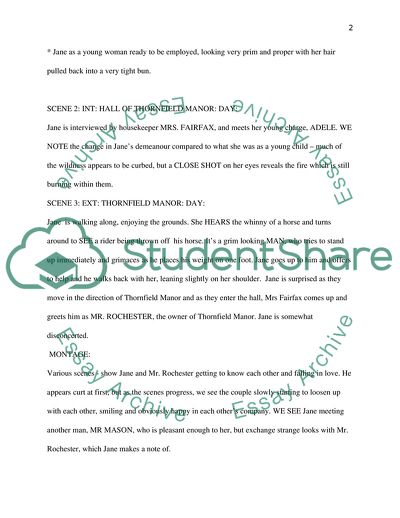Cite this document
(The Window into Jane Eyres Soul Essay Example | Topics and Well Written Essays - 3250 words, n.d.)
The Window into Jane Eyres Soul Essay Example | Topics and Well Written Essays - 3250 words. https://studentshare.org/visual-arts-film-studies/1736744-the-window-into-jane-eyres-soul
The Window into Jane Eyres Soul Essay Example | Topics and Well Written Essays - 3250 words. https://studentshare.org/visual-arts-film-studies/1736744-the-window-into-jane-eyres-soul
(The Window into Jane Eyres Soul Essay Example | Topics and Well Written Essays - 3250 Words)
The Window into Jane Eyres Soul Essay Example | Topics and Well Written Essays - 3250 Words. https://studentshare.org/visual-arts-film-studies/1736744-the-window-into-jane-eyres-soul.
The Window into Jane Eyres Soul Essay Example | Topics and Well Written Essays - 3250 Words. https://studentshare.org/visual-arts-film-studies/1736744-the-window-into-jane-eyres-soul.
“The Window into Jane Eyres Soul Essay Example | Topics and Well Written Essays - 3250 Words”. https://studentshare.org/visual-arts-film-studies/1736744-the-window-into-jane-eyres-soul.


